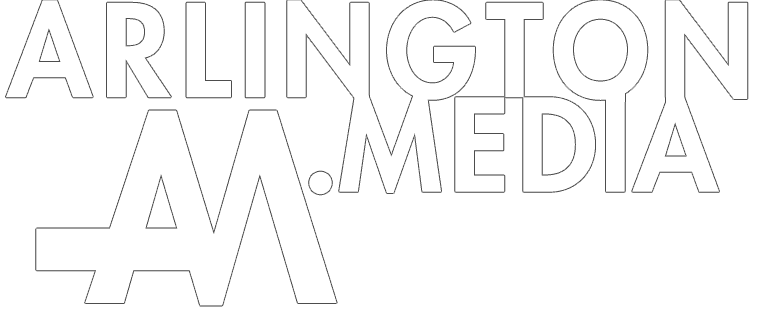If you’ve ever attended a military funeral, perhaps you noticed that the honor guards pay meticulous attention to folding the U.S. flag that once draped the casket. Guards make crisp, precise folds a total of 13 times to complete the ceremony. Much like every other aspect of our nation’s greatest symbol, each of the 13 folds holds a special significance. Flag etiquette dictates that every time an American flag is to be stored or presented during a ceremony, its handlers should fold it in half twice lengthwise; then starting with the end opposite the blue field, make a taut triangular fold. Handlers continue to fold the flag in triangles until the flag has formed a triangular “pillow” with the blue field showing on the outside. It’s a dignified way to treat the flag, and gives a powerful touch to patriotic ceremonies. This 13-fold procedure was common long before the more modern assigned meanings. The source and date of origin of the meanings is unknown, but for those who participate or witness a formal flag folding ceremony, the 13 meanings can create an uplifting experience.
[igp-video src="" poster="https://www.arlington.media/wp-content/uploads/2021/04/if-youve-ever-attended-a-military-funeral-perhaps-you-noticed-that-the-honor-guards-pay-meticulous-a-1.jpg" size="large"]


